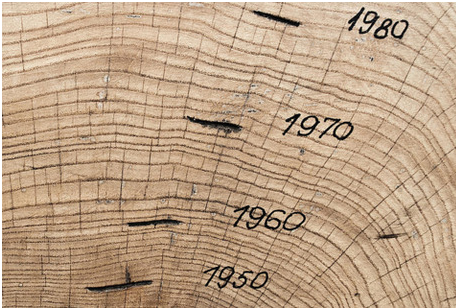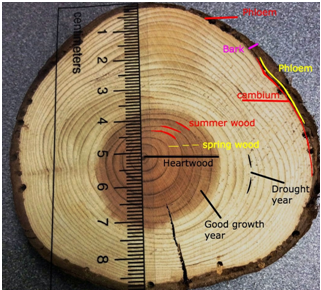The first part of this two-part presentation will open your eyes to the importance of this process. It is very useful in all ways to determine the age not only of the tree, but on the wooden furniture and items as well.
Dendrochronology is the process of analyzing patterns of tree rings in wood to be able to know the specific age of the wood. It has been utilized for a long period of time in scientific research like archeology and geography. It can also be utilized to know when a wooden furniture or instrument was made. Auction houses, historians and violin appraisers utilize it to determine the wood quality as well as the age of furniture and instruments like violins, cellos and violas.
The process of dendrochronology initiates by scrutinizing spruce top of the wood, or a violin for instance or high resolution digital photos of the items. Foe each year a tree lives, one layer develops below the bark of the tree which creates a ring. Tree rings consists of double layers of wood, a “lighter” early wood and the “darker” late wood. The importance and distinction of each layers varies and is dependent on rain, soil and light that the tree was exposed year round.
In other words, dendrochronology is the scientific term for tree-ring dating. It is the formal way that utilizes growth tree rings as a specific record of climatic changes in a region, as well as a way to estimate the construction date for wooden furniture.
As archeological processes go, dendrochronology is practically accurate: if the tree rings in the furniture are preserved and can be tied within the exisiting chronology, researchers can basically specify the accurate calendar year and often season where the tree was cut down to manufacture the item. Because of that accuracy, dendrochronology is utilized to measure radiocarbon dating, by supplying science a measure of the atmospheric conditions which are prone to varying radiocarbon dates.
Radiocarbon dates which have been calibrated or measured by contrasting dendrochronological records are regarded by acronyms like cal BP, or calibrated years before the present.
On the other hand, Tree ring dating works because a tree grows bigger not only in terms of height but it also accumulates girths in measurable rings in its lifetime. The rings are considered the cambium layer, a ring of cells that lie between the bark and wood from which a new bark and wood cells begin; each year, a new cambium emerges which leaves the old one in place. The cambium’s cell is measured as the width of each tree ring.
Environmental effects in to the cambium are initially regional climatic variations, aridity, soil chemistry and changes in temperature which altogether are scrutinized as variations in the width of a specific ring, in the wood structure or density or in the chemical composition of the call walls. In truth, during dry years, the cambium’s cells are smaller and thinner layers will manifest as compared to wet years.
On the next part of this article, we will discuss the importance of tree species and the emergence of dendrochronology as an essential process.


